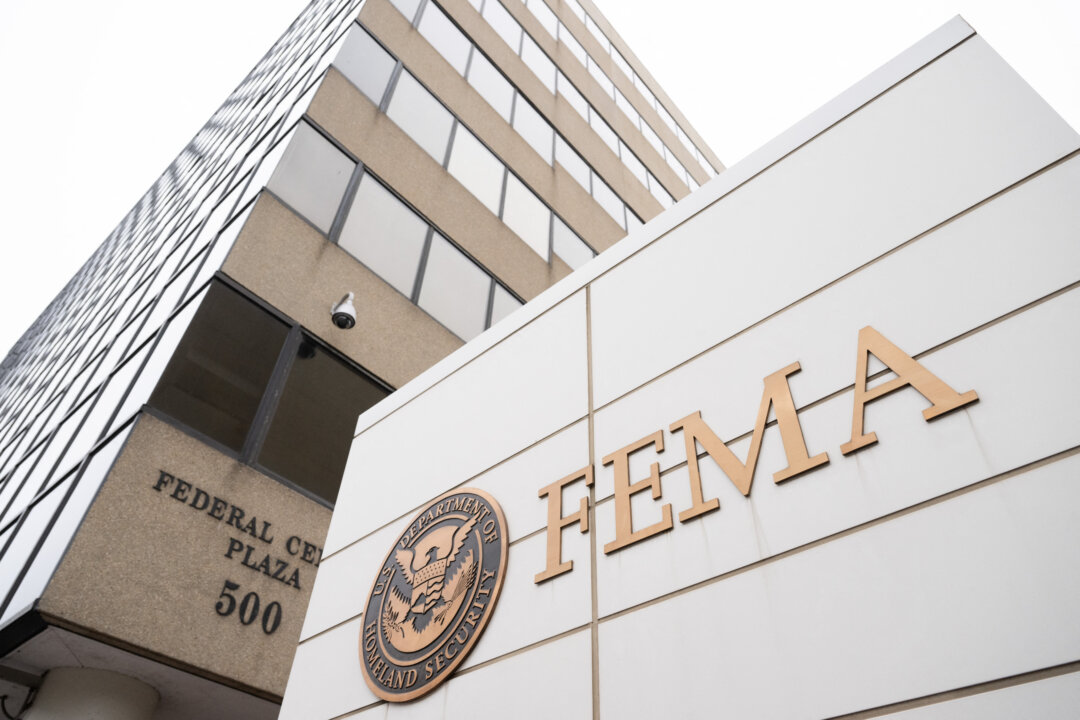Alberta had the lowest opioid-related deaths in 2024 since pre-pandemic times, but experts warn it will be difficult to say whether or not the numbers will continue to trend downwards, given the toxic drug supply and ongoing response. According to the latest data, in 2024 Alberta recorded 1,182 opioid-related deaths, a significant drop from the 1,873 deaths in 2023 — a record-breaking year for the province. While the decrease in deaths is significant, Edmonton has remained the top city, with nearly double the number of opioid deaths compared to Calgary.
Monty Ghosh, an associate professor at the University of Alberta and an addictions physician, said that throughout 2024 Alberta, like the rest of Canada, has seen a significant decrease in opioid deaths. “It’s definitely positive,” Ghosh said. “But in all likelihood, there (are) a multitude of effects that are causing this to happen.

It would be very difficult to pinpoint exactly what is causing this drop in deaths.” Changes to drug toxicity, which vary significantly across jurisdictions, may or may not be stabilizing, which could be contributing to the downward trend, according to Ghosh. He said another potential factor is “morality saturation,” where people who are most susceptible to death have died, and there is no longer any movement that can happen.
Ghosh added that regardless of the party, provinces and territories across Canada have invested significantly in the mental health and addiction sector compared to previous years, which has added to the diverse supports available to Canadians. Safe consumption sites needed Emergency medical services (EMS) responded to 6,381 opioid-related calls in 2024, nearly a 40 per cent decrease from 2023. Edmonton made up over half of those calls with 3,544.
More people may be using substances in public or with other people around, which could allow for EMS to be called, or someone there could help the individual if they were to overdose, Ghosh said. Anecdotally, Ghosh says he’s heard of people smoking substances outside of safe consumption sites, so if something happens, someone will be there to respond to them. He said there needs to be safe consumption sites, and without them, he worries the province may see a spike in overdoses.
“My worry is that if they don’t continue to support these services, we’ll see a spike in overdoses but also a decrease in people wanting and seeking recovery,” Ghosh said. “These are great access points to recovery, which is not being fully patented or utilized.” In a statement to Postmedia, Hunter Baril, press secretary to the mental health and addiction minister, said Alberta is leading in Canada with “the most significant” decreases in opioid-related deaths and pointed to a number of investments the province is making to increase addiction and mental health treatment.
“Alberta is also the only jurisdiction (that) has invested hundreds of millions to support treatment and recovery as the solution to the addiction crisis rather than harm production policies of unsafe supply, decriminalization, and drug consumption sites on every street corner,” Baril said. The province is building four long-term treatment facilities for addiction and mental health needs in the Edmonton area, with one already opened in 2024 and the remaining three expected to open in 2026 and 2027. “After all this investment, there will still be individuals who are suffering from serious addiction with no capacity to choose recovery on their own.
That’s why Alberta has introduced the Compassionate Intervention Act as another tool to help more people into recovery. This comes with $180 million to build compassionate intervention centres, one of which will be built in Edmonton.” Edmonton sees highest deaths of all municipalities Edmonton recorded 569 opioid-related deaths in 2024, remaining the municipality with the highest deaths in Alberta.
Calgary recorded 284 deaths in 2024 — a 54 per cent decrease compared to the 626 deaths recorded in 2023. Other municipalities across Alberta followed similar trends to Calgary, recording some of the lowest numbers in the past five years. In 2024, Red Deer recorded 31 deaths, Medicine Hat recorded 15, Grande Prairie recorded 23, Lethbridge recorded 42, and Fort McMurray recorded 10.
Ghosh said one of the reasons why Edmonton’s death count remains so high compared to Calgary is due to the drug toxicity. According to available coroner reports from the province on the deaths assessed so far, 14 per cent of deaths in Edmonton involved carfentanil (which can be 100 times more toxic than fentanyl), and Calgary only had one per cent of deaths involving carfentanil in some capacity. “It seems as if Edmonton has just even gotten worse and worse over the last while, and this could also speak to the fact that there (are) differences in drugs and drug composition between both cities as well,” Ghosh said.
Alberta NDP mental and addiction critic Janet Eremenko said there needs to be a focus on prevention and early intervention to tackle the root of the ongoing opioid crisis. “We have got to be talking about housing and permanent supportive housing,” Eremenko said. “(We need) to be addressing the really inadequate resourcing of the voluntary recovery communities when three out of the 11 are open, when the average wait time for those three recovery communities is three months.
” [email protected] @kccindytran RelatedHere's how 'compassionate intervention' promised by the federal Conservatives lines up with Alberta's involuntary treatment actAlberta seeks to implement involuntary treatment, patients will be unable to refuse certain treatments Bookmark our website and support our journalism: Don’t miss the news you need to know —add EdmontonJournal.com and EdmontonSun.
com to your bookmarks and sign up for our newsletters . You can also support our journalism by becoming a digital subscriber. Subscribers gain unlimited access to The Edmonton Journal, Edmonton Sun, National Post and 13 other Canadian news sites.
The Edmonton Journal | The Edmonton Sun.
Politics

Alberta sees lowest opioid deaths since 2019, but varying drug supplies across municipalities remain top concern
















